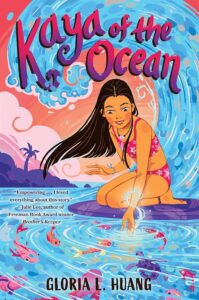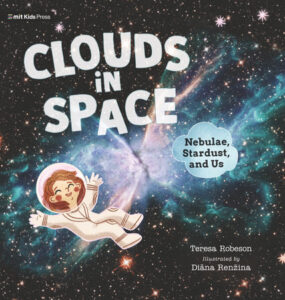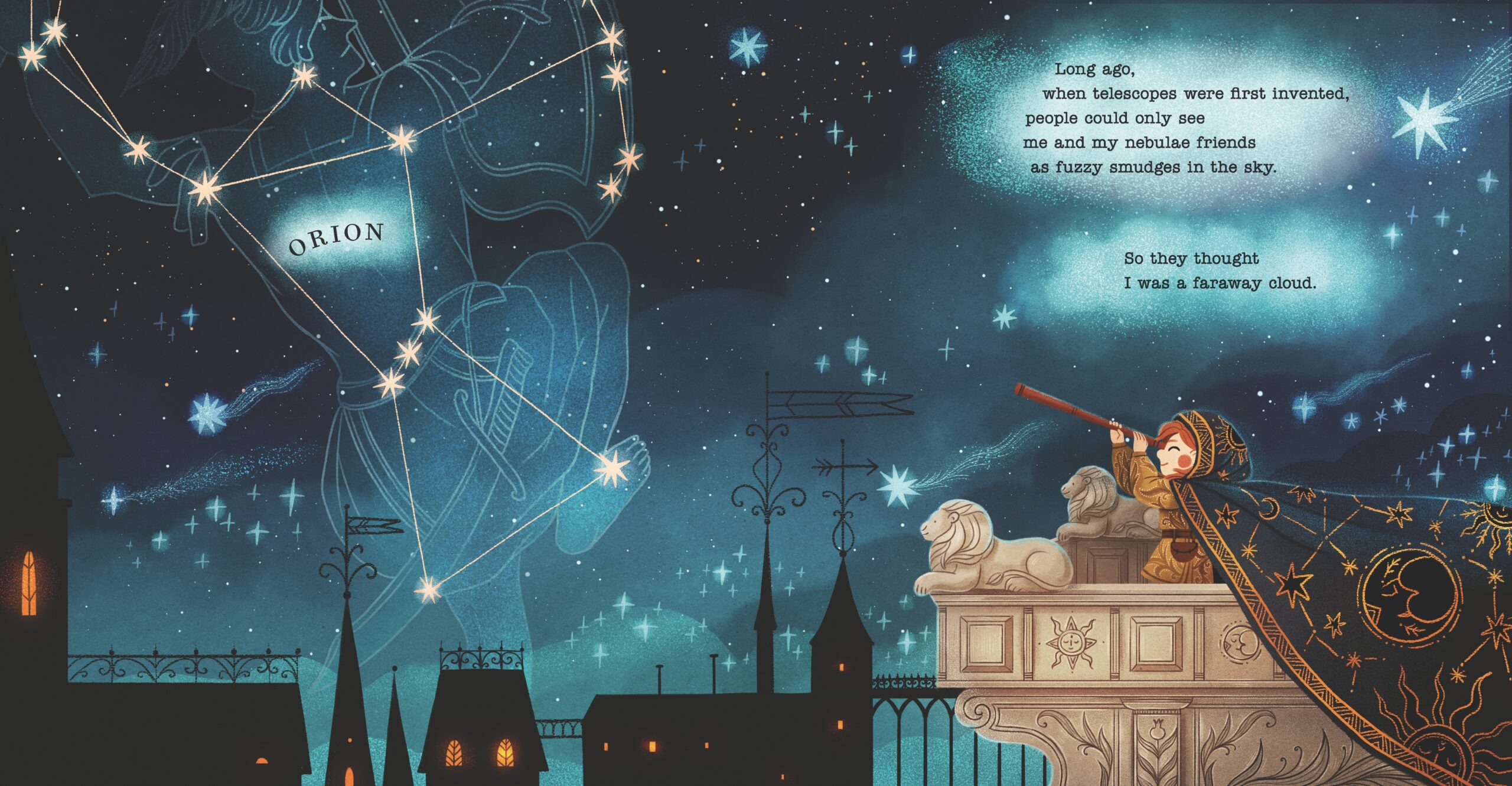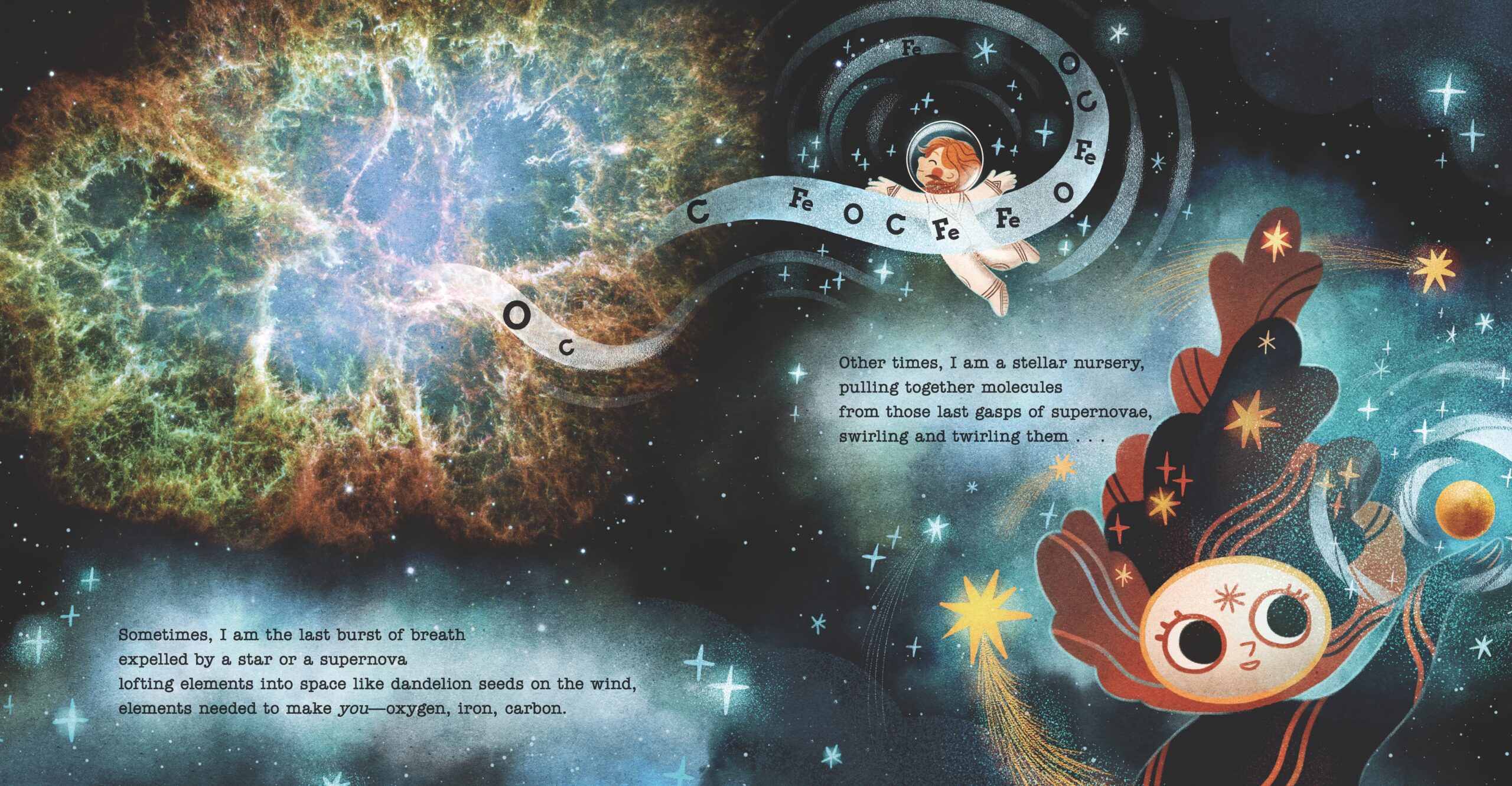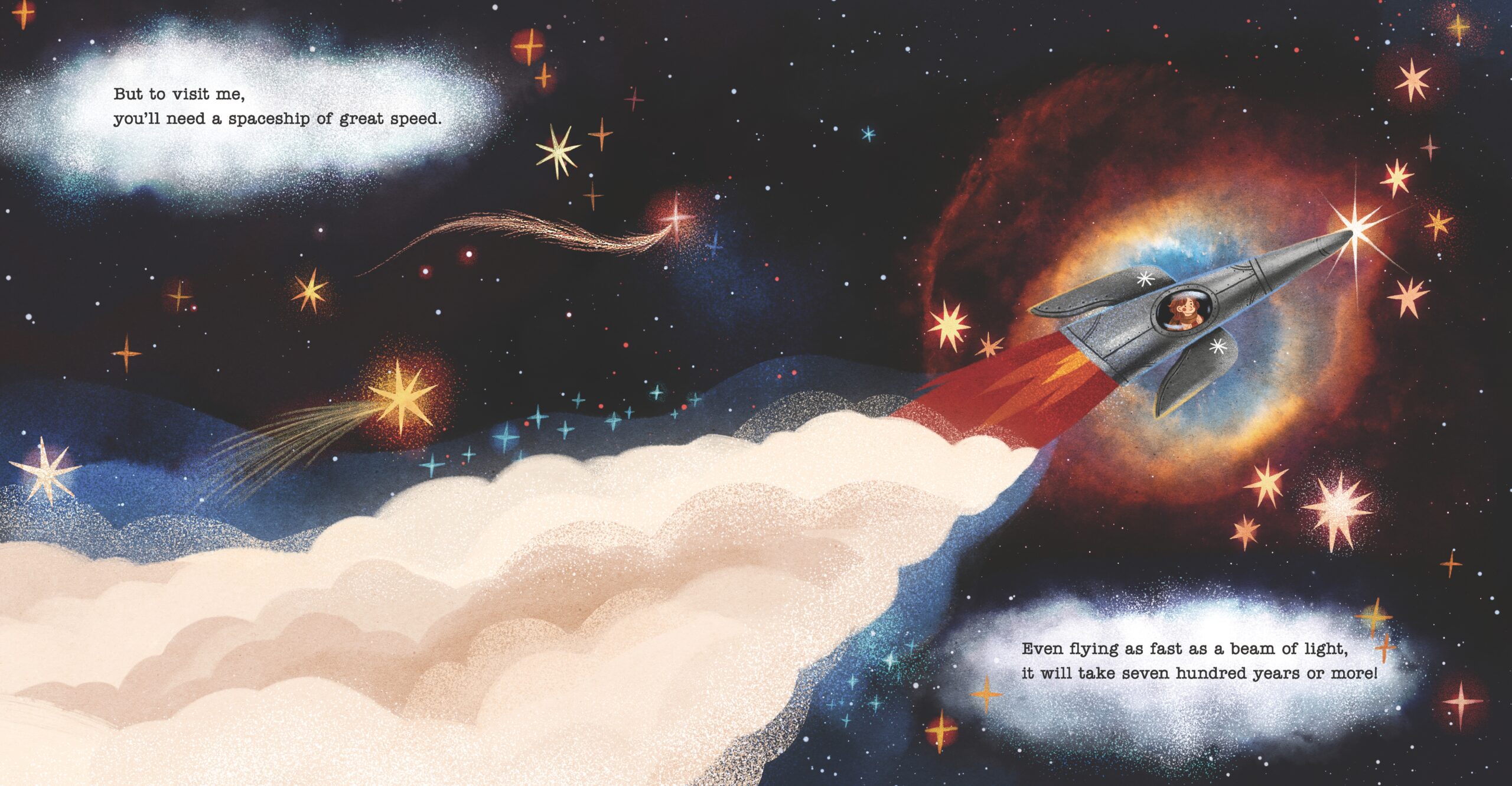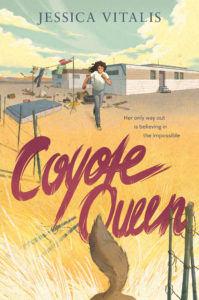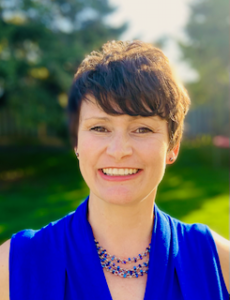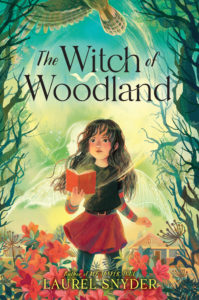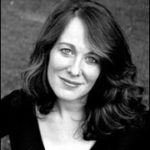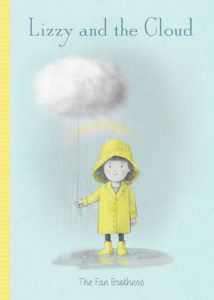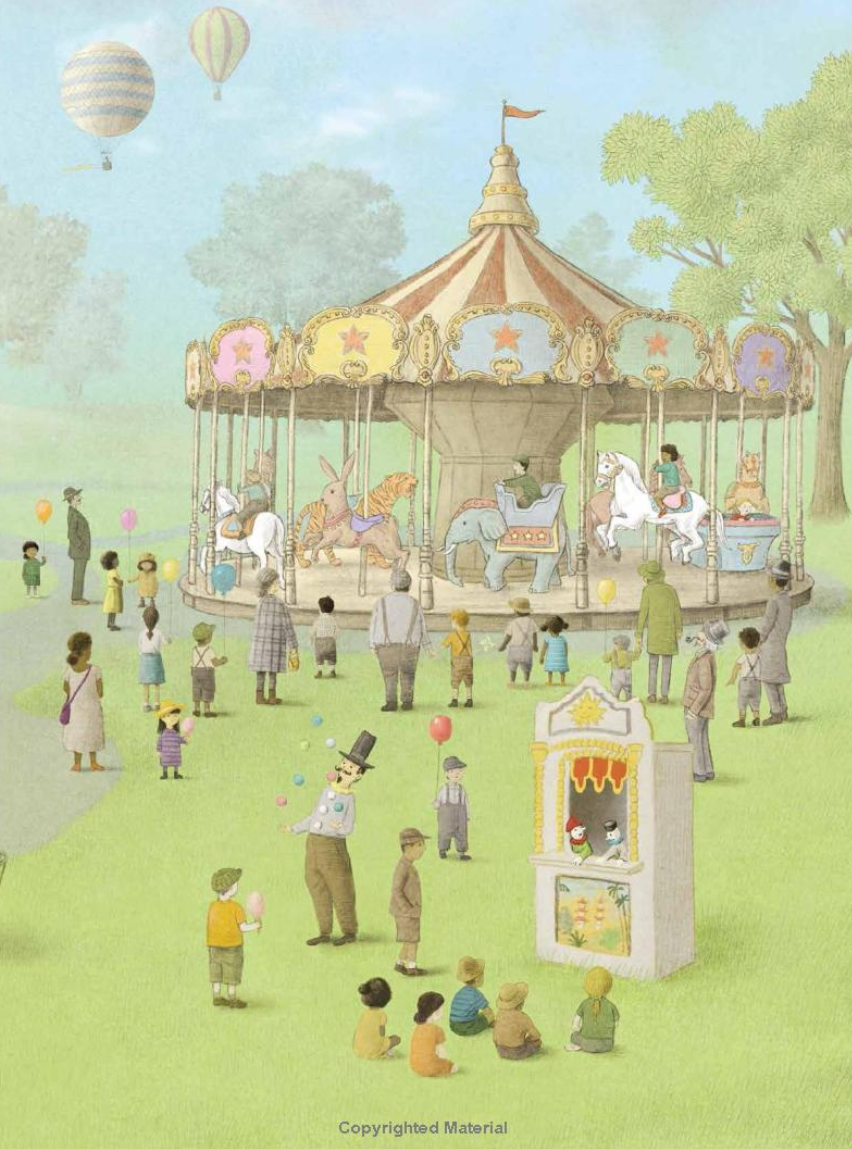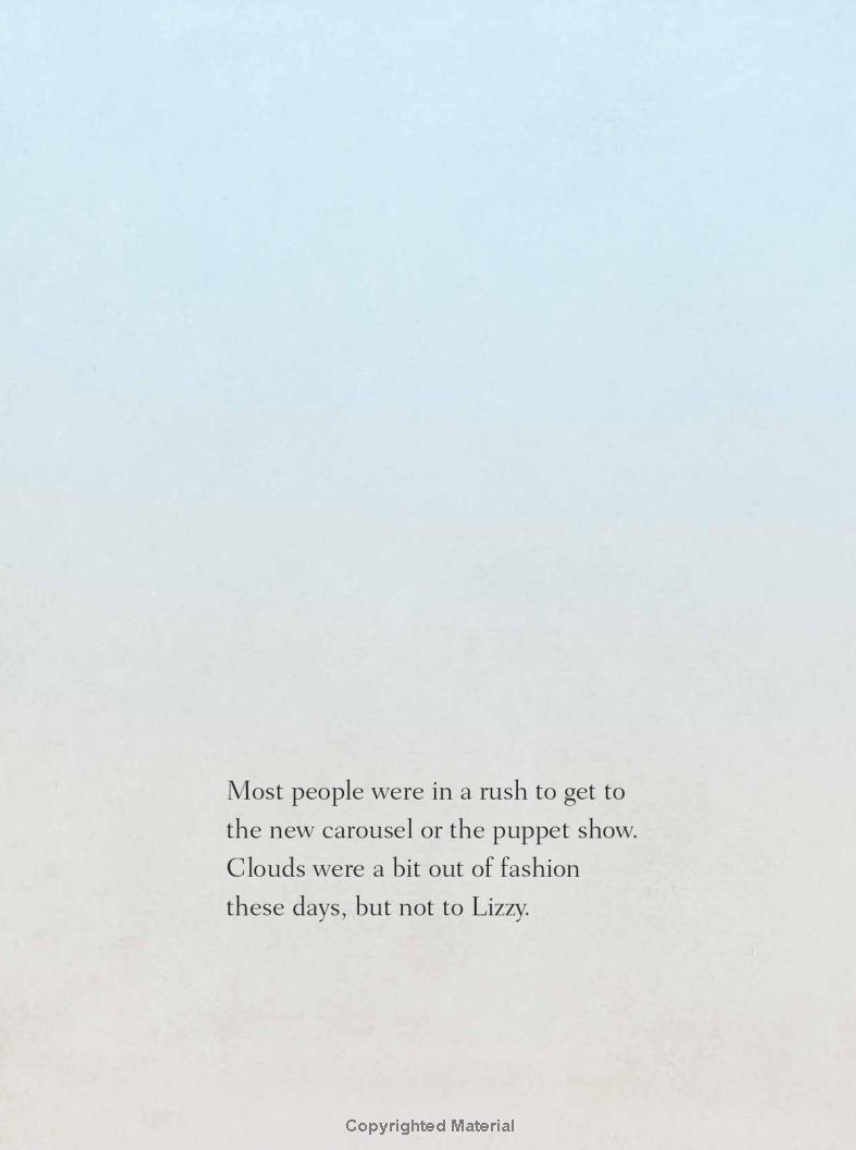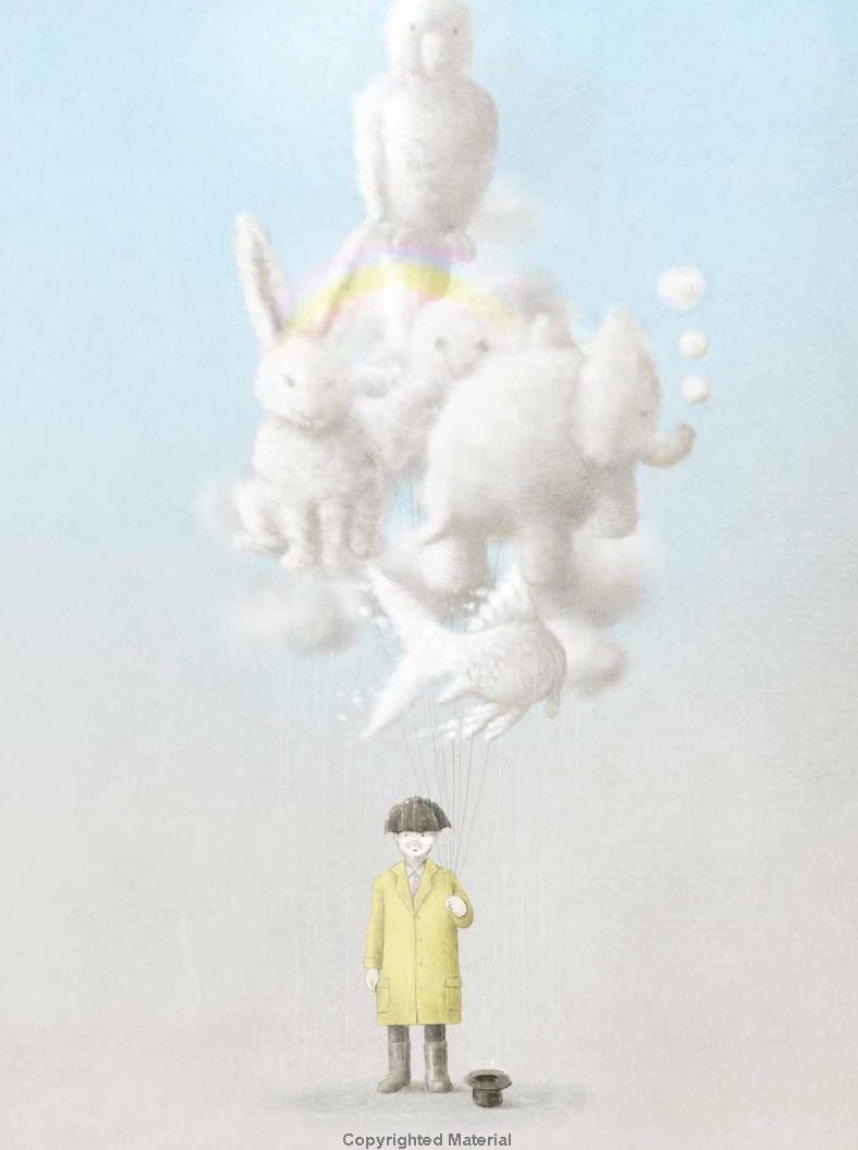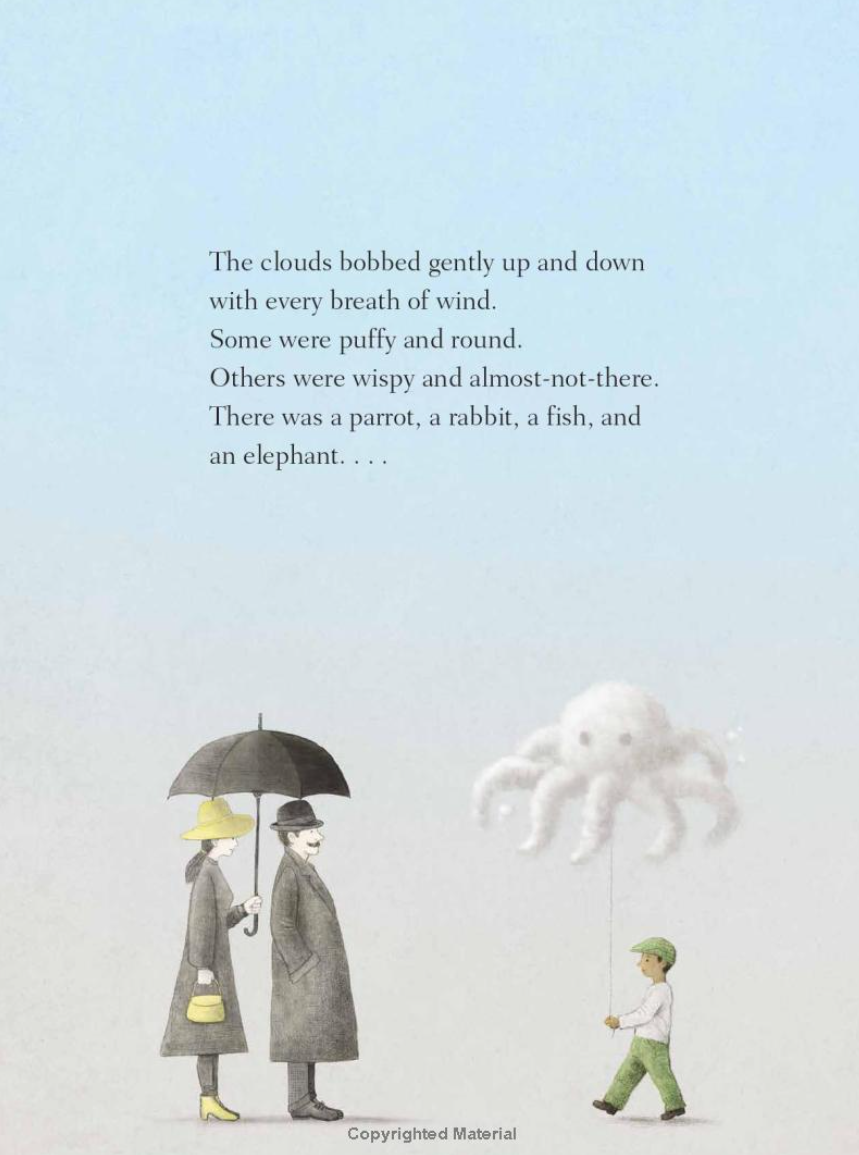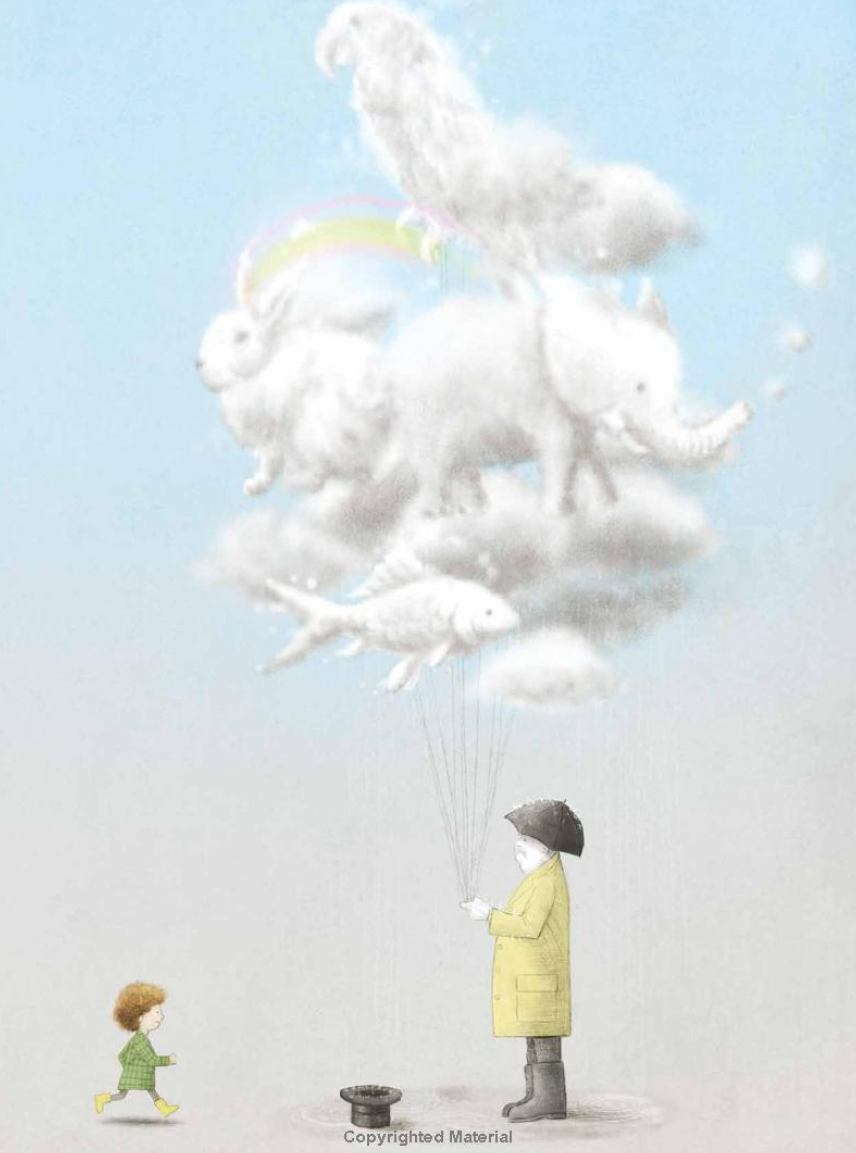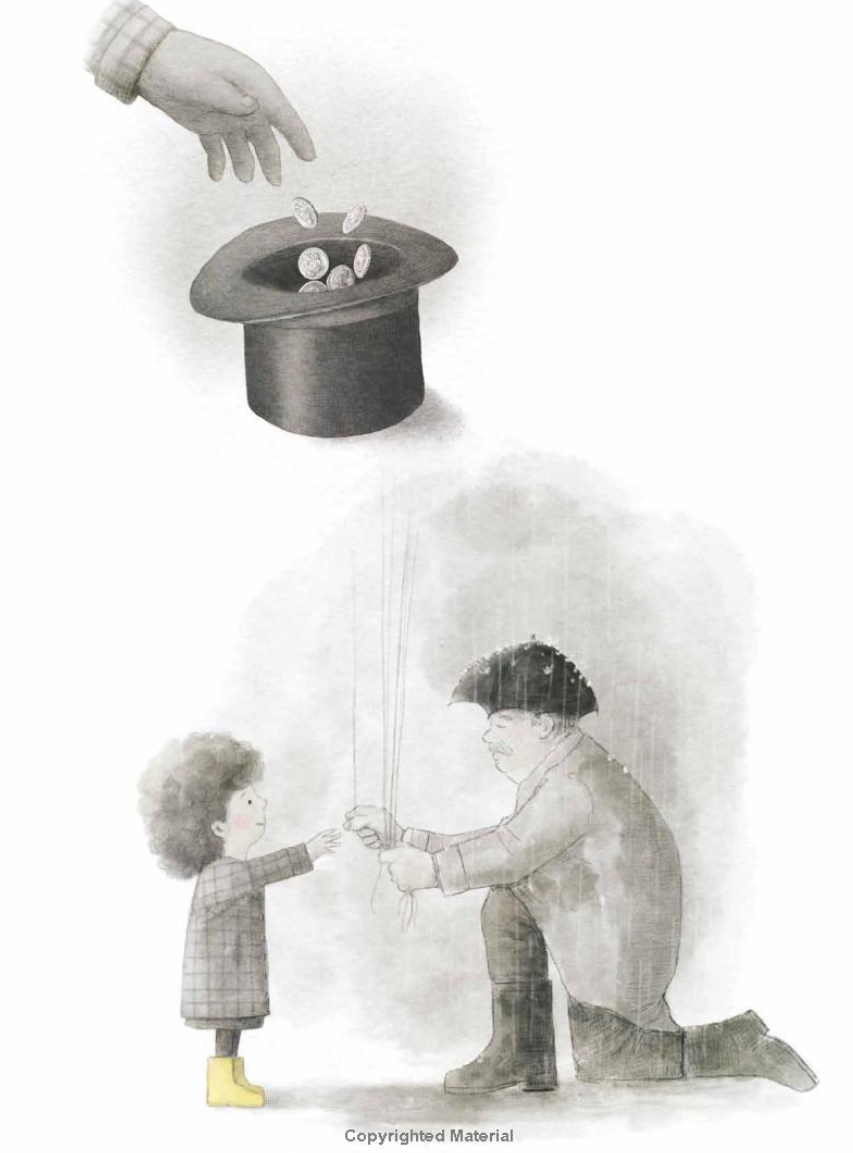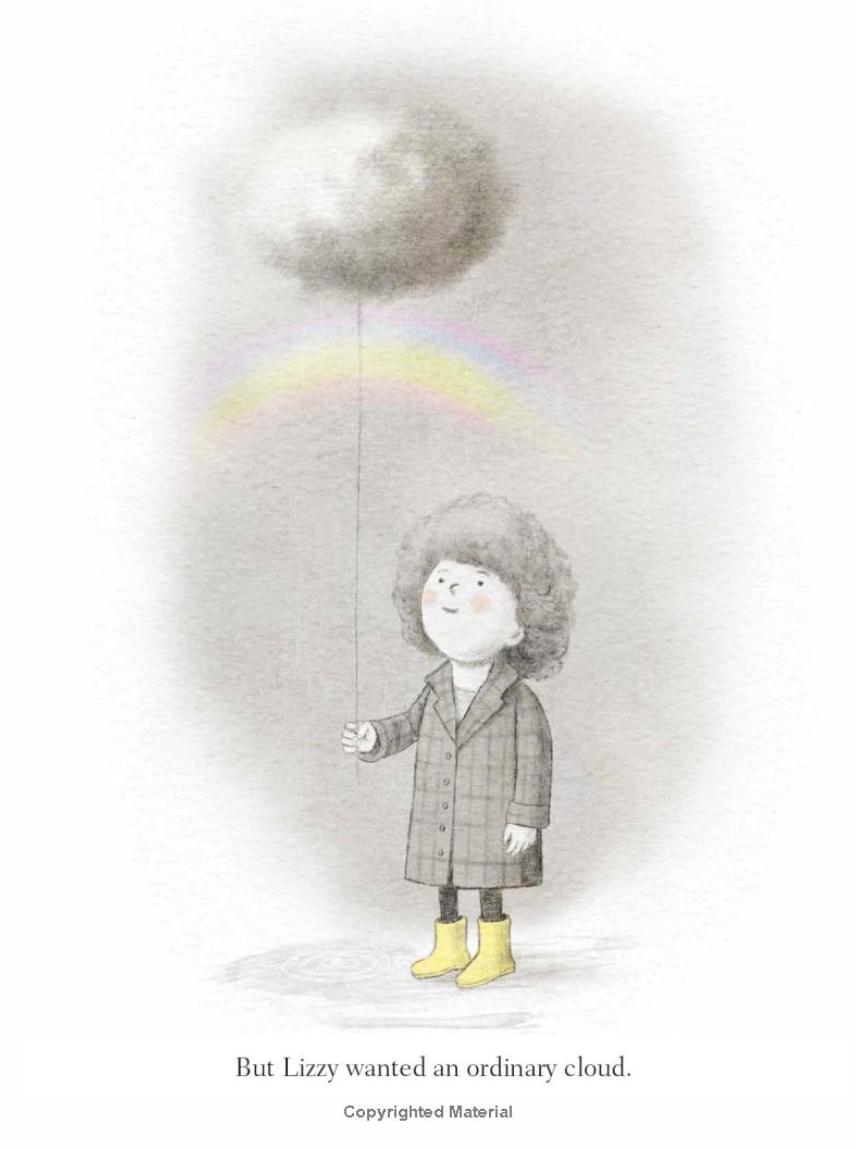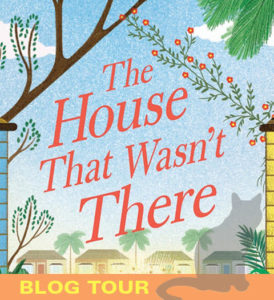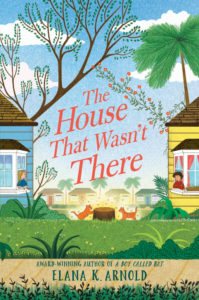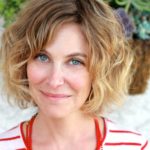Kaya of the Ocean
Author: Gloria L. Huang
Published January 7th, 2025 by Holiday House
Summary: Anxious thirteen-year-old Kaya has always been afraid of everything—but when she learns she is the descendant of a Chinese water goddess, she’ll have to master herself to master her powers!
On the surface, thirteen-year-old Kaya leads a charmed life. She lives in beautiful, beachy Lihiwai. She has ride-or-die best friends. She’s ultrasmart and killing it at school. She even works with a super-cute boy at her parents’ restaurant.
But she also has anxiety—serious anxiety, the kind that makes you scratch and pick—and she’s always had bad luck around the ocean. It’s hard to enjoy Hawaiian beaches when you’ve almost drowned more than once.
But as stranger and stranger things happen to Kaya around the sea, she realizes that—wanted or not—she has a special connection to it. Waves rise when she’s angry. Surf smooths when she’s calm. Fish come when she calls them. And when she learns the truth about her family and her divine ancestor, Mazu, she knows that she will need to connect with her most difficult emotions ASAP—or her potent powers may become dangerous to the people she loves.
Kaya of the Ocean is an exciting, fresh, and beautiful middle-grade fantasy about embracing who you really are. This heartfelt adventure of sun, surf, and sand touches on mental health, the immigrant experience, and the complexities of growing up.
Praise: “This sweeping narrative will keep readers eager to learn what happens to Kaya, the child of Mandarin-speaking Chinese and Taiwanese immigrants, and her friends.” -Kirkus Reviews
“Huang explores one anxious tween’s relationship with the sea and her ancestry in this fantastical debut.” – Publishers Weekly
“Engaging…multi-layered…” – Bookworm for Kids
Indie Next Pick!
Junior Library Guild Gold Standard Selection
ALA’s Indies Introduce List spotlight debut
About the Author: Gloria L. Huang is a freelance writer. Her fiction has been accepted for publication in literary journals including Michigan Quarterly Review, The Threepenny Review, Chicago Quarterly Review, Witness Magazine, Massachusetts Review, Pleiades, Southern Humanities Review, Fiction Magazine, North American Review, Arts & Letters, Washington Square Review, The Chattahoochee Review, Gargoyle Magazine, Sycamore Review, and The Antigonish Review. She received her B.A. in English Literature from Stanford University.
Review: Kaya is a character that many readers will connect with: she struggles with meeting the expectations upon her, wants to be comfortable with who she is but also wants to fit in, and is trying to figure out herself while also just living her life. Her life is already a bit topsy-turvy when her cousin comes and visits and truly tips everything over and Kaya finds her mental health being negatively affected, and she feels like she has no one to go to. On top of that, she discovers she has some kind of magical powers which makes her feel even more disconnected from reality. Luckily for Kaya, the powers may be what can help her through this all.
In addition to the character development of Kaya and all that is affecting her, the author’s introduction to Chinese mythology will intrigue readers who are interested in world mythologies while also not ostracizing those who aren’t.
And oh, the setting is BEAUTIFUL and the author’s use of imagery takes the reader straight to Hawaii!
There is truly so much to talk about when it comes to this book: family, friendship, fears, anxiety, mythology, Hawaii, the ocean, and more!
Discussion Questions:
- How does Kaya’s parents’ choice to not tell her about their past cause her to feel disconnected?
- Why do you think Kaya’s parents choose not to talk about their past?
- How did Anne’s visit effect Kaya’s mental health?
- Although Anne was quite a terror at the beginning, do you think that Kaya dealt with the situation correctly?
- How did Kaya’s parents’ response to Kaya’s anxiety lead to her feeling like she had to hide everything?
- Do you think it was okay for Naomi and Iolana to lie to Kaya?
- Why do you think that the author chose to flashback a few times in the book to Kaya’s ancestors?
Flagged Passage: Chapter One
Maui, 2024
Though I’ve never been able to prove it, I’m certain the ocean is trying to drown me.
My first memory of feeling this way is more like a dream— my mom’s screaming face distorted through a wavery, watery lens; wisps of fear, of shock. I think I was about three. Whenever I asked Mom about this memory, she furrowed her brow and claimed not to remember. “You’re always making things up. So much imagination.”
When I was seven, I was playing on the shore when a sneaker wave overwhelmed me. In a split second, it washed me and my toys partially out to sea. I remember that vividly— the shock of digging in the sand one moment and tumbling through the water the next. Luckily, my dad ran over the wet sand to fish me out, but I clearly remember the sensation of the water towing on my legs as though trying to pull me under. My bucket and spade were a casualty of that warm summer day. “They swim with the fishes,” my dad said afterward with a grin. I didn’t think his joke was very funny.
Now I was thirteen, with several years of intense swim lessons behind me. And I tried not to think about my grim childhood conviction that the ocean was somehow… calling me home.
I really tried not to think about the little girl I sometimes saw under the water, the one my parents called my “imaginary friend” until I was too old to have imaginary friends anymore. It was my policy not to look directly into the ocean, because I knew I might see her if I did: a small five-year-old child, her hair in messy pigtails and her eyes haunted and sad, always reaching for her white blanket.
It was bad enough I suffered from anxiety so severe that my skin was raw and red from washing and scratching, that my mind was always filled with worries and my heart filled with dread. The last thing I needed was another problem, another fear.
So even though I lived on an island surrounded by millions of cubic miles of water, I built a box in my mind for my hydrophobia, put it inside, and tried not to think about the sea at all.
Read This If You Love: Coyote Queen by Jessica Vitalis; Lola Reyes is So Not Worried by Cindy L. Rodriguez; The Fire, the Water, and Maudie McGinn by Sally J. Pla; The Girl from the Sea by Molly Knox Ostertag
Recommended For:
**Thank you to Holiday House for providing a copy for review!**
